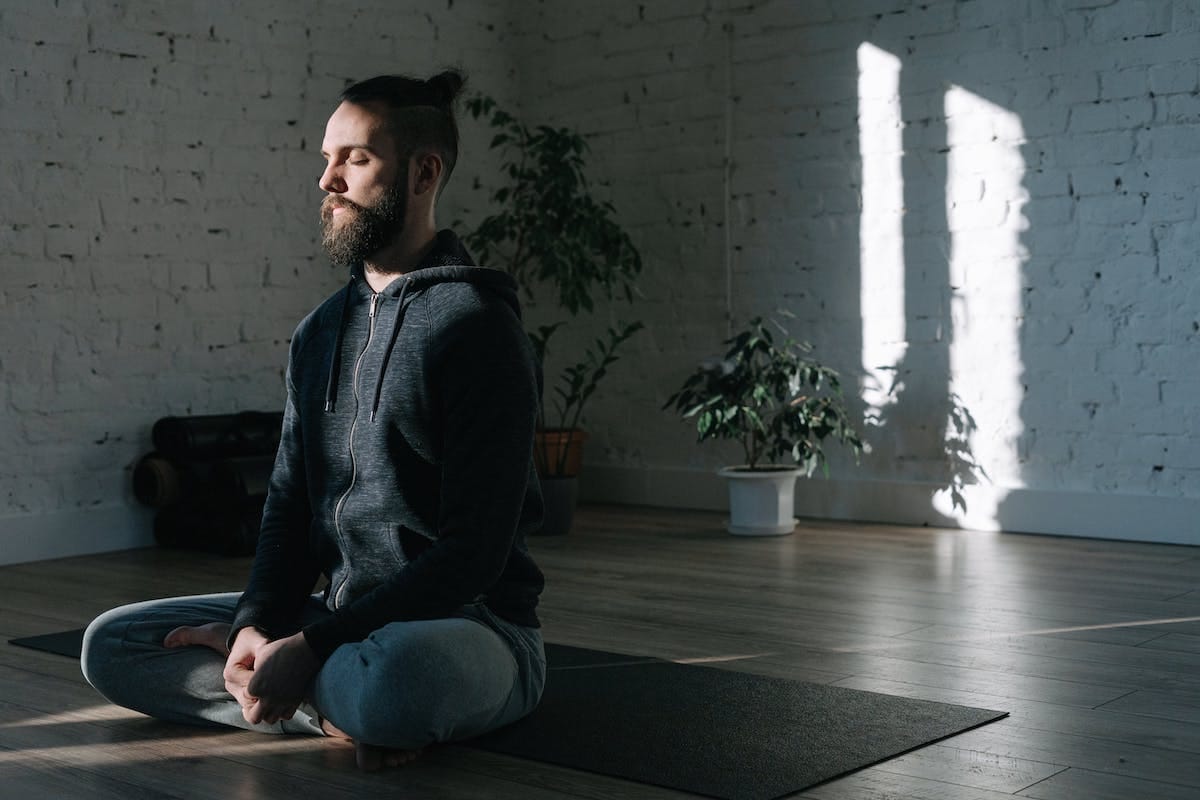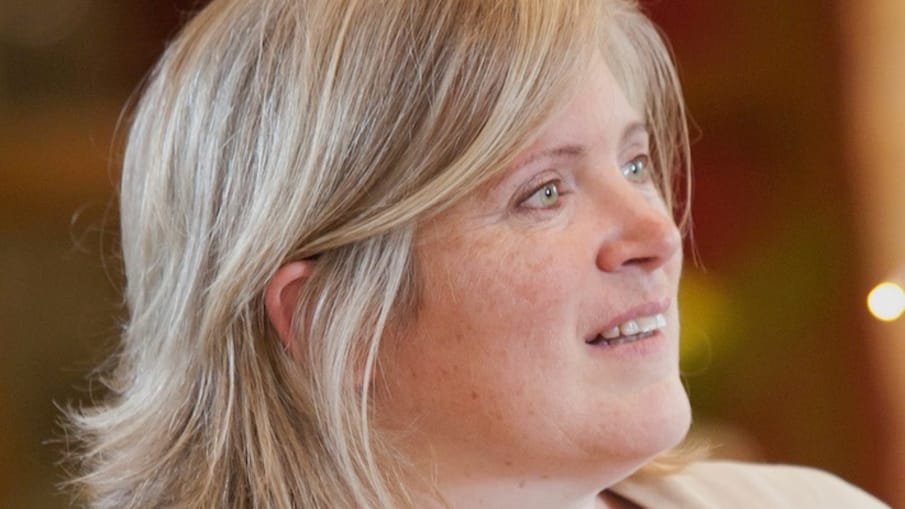Clare, who has had the hair-pulling disorder for nearly 40 years, tells her story
“It’s as if I’m stuck in a trance. It can feel like I’m glued to the spot and dissociated from the world around me. When I’m in an episode of high urges, it’s like a storm of waves on a beach; you can try to stand up to one wave, or urge, but the next one is right behind it. It’s cognitively exhausting, like trying to hold back the sea – and often I don’t win.”
Clare Mackay is describing how it feels to be in the grip of trichotillomania – a condition in which people experience an overwhelming urge to pull out their own hair or eyelashes.
As Clare explains, the condition is even harder to control than it is to pronounce. “I liken the intensity of the urge to trying not to scratch an itch. It’s not just a ‘bad habit’, it’s a disorder, and we can’t just ‘stop it’. I’ve heard others describe losing hours of their time, feeling completely stuck in a pulling episode.”
Now aged 50, Clare began pulling out her eyelashes when she was 12, after being badly bullied at school. Currently a professor of neuroscience at Oxford University, the condition has followed her through life, causing intense shame and distress. However, it wasn’t until she was 27 that she became aware it was a disorder.
“A friend was doing clinical psychology training, and called me to say he’d come across the term. I immediately went to the hospital library and pulled out the diagnostic manual. I still remember the feeling of amazement when I saw it written there, in black and white, for the first time. Until that moment I thought it was just me. I felt a surge of hope; if it’s not just me there might be people who understand, and possibly even treatments.”
Understanding trichotillomania
Trichotillomania, or trich for short, belongs to a family of disorders called ‘body focused repetitive behaviours’ (BFRBs). Related conditions include skin-picking (dermatillomania, excoriation) and nail-biting (onychophagia). The conditions are surprisingly common: it’s estimated that around 1–2% of people live with trichotillomania, with more women affected than men. By comparison, approximately 1% of people live with schizophrenia or OCD.
“A key characteristic of trichotillomania is the sense of relief and release that is experienced following the behaviour. Often this occurs when an individual is feeling a sense of stress or anxiety, hence this is a maladaptive coping mechanism that some people develop,” says Dr Meg Arroll, psychologist and author of Tiny Traumas.
BFRBs can cause visible damage to the body, including gaps between eyelashes and bald patches on the scalp – and often a crushing sense of shame, guilt, distress, and isolation.

Why is it so shameful?
“It’s really difficult to come to terms with the fact that I’m not in control of my own hands. It feels inherently shameful to be unable to control an urge,” Clare explains. “I have felt ugly because of my trich all my life. Even when other people don’t really notice, to me it’s huge.
“There is something specific about hair, too. We have all sorts of cultural norms and expectations about where on our body we want more or less hair.”
Unfortunately, Clare says stigma is amplified by a lack of understanding among both the public and healthcare professionals. “People who don’t have this sort of disorder simply can’t understand, or even believe, that we cannot control the urge. They assume we’re making a deliberate choice, which is maybe attributed to attention-seeking or just being weird. At the same time, people can assume it’s not a big deal, which invalidates the distress.”
Dr Arroll agrees. She says: “The medical and scientific community’s understanding of conditions lags behind people’s lived experience sadly, but it is evolving.” This, she says, is why talking about trichotillomania is so important, “so that sufferers can feel seen, heard, and legitimised”.
Can therapy help with trichotillomania?
“Finding the right therapist who has experience and knowledge of trichotillomania is more important than finding the right therapy,” says Fiona Yassin, family psychotherapist and founder of The Wave Clinic.
As trich usually begins in childhood, she says early intervention is key. “Often, people who have had trichotillomania as a young person do not receive treatment until they’re treated for something else, such as an eating disorder or body dysmorphic disorder. It is essential young people get treatment for their anxiety, discomfort, and dysregulation, as opposed to treating just the behaviour.”
One type of treatment is Habit Reversal Therapy – a tailored form of cognitive behavioural therapy that aims to replace maladaptive behaviours with actions that do not cause harm. Fiona says coping strategies such as meditation and mindfulness, and grounding techniques such as lightsource visualisation, can also be helpful.

“Treatment plans and self-help strategies should help young people to reduce or manage urges, feelings, and cognitions. Providing young people with other behaviours to occupy hands and distraction techniques is a great first-line behavioural intervention.” However, Fiona stresses that the most important aspect of care is acknowledging the distress, shame, and pain, and providing a safe, supportive space.
Following various therapies, Clare’s trich is now “better than it’s ever been”. She says: “The important elements were compassion-focused therapy and schema-based therapy. It wasn’t specifically aimed at my trich, but targeted the ‘critical voice’ that I had on a permanent loop. After the shame was banished, my trich felt much more manageable.”
How to support someone with trichotillomania
“Try to be open-minded, kind, try to get a bit more informed, and above all, try not to show fear, anger, frustration, because they add to the shame,” says Clare.
For parents, Fiona Yassin advises noting when repetitive behaviours happen, such as before school, or tests, or going to a friend’s house, and adopting a gentle approach. She says: “As hard as it may be, try not to police the pulling and picking, as this often leads to an increase in stress and anxiety. Trichotillomania behaviours are happening because a young person is internalising the stress of external events. Ask how the child is feeling – ‘I notice you’re moving your hands around a lot. I’m wondering if you’re feeling nervous right now?’”
Where to find help
“The opposite of shame is connection,” says Clare. After attempting to conceal her condition for so long, she has recently ‘come out’ to raise awareness and let others know they are not alone.


Comments